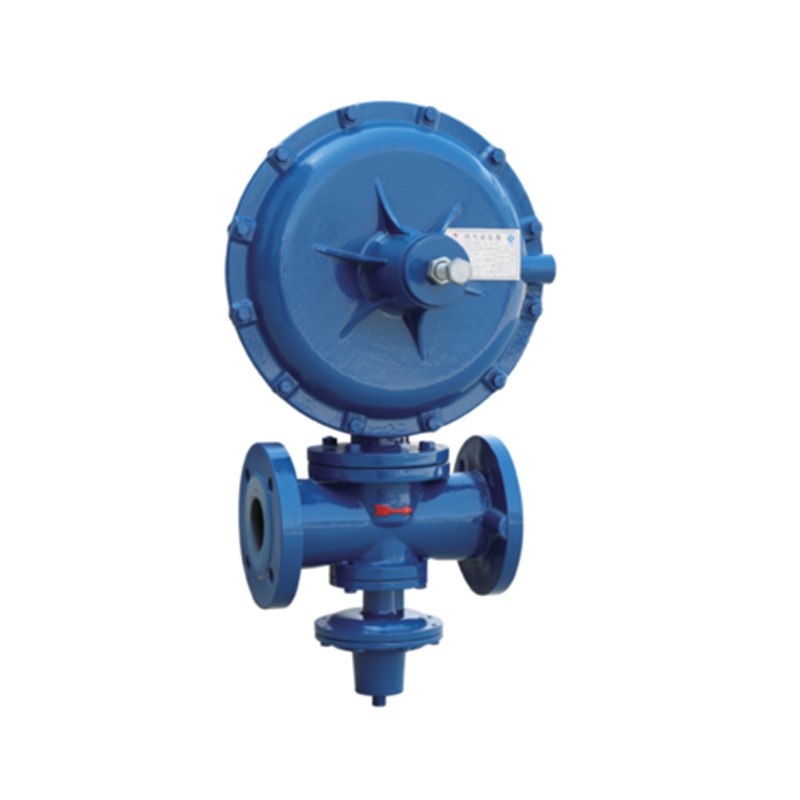
Dec . 06, 2024 11:47
Back to list
Gas Pressure Reduction Valve Functionality and Applications Explained
The Importance of Gas Pressure Relief Valves in Industrial Applications
In various industrial processes, the management of gas pressure is a critical aspect that ensures safety, efficiency, and operational reliability. One of the key components in maintaining appropriate pressure levels in gas systems is the gas pressure relief valve (GPRV). This indispensable device serves as a safeguard against potential overpressure situations that can lead to catastrophic failures, equipment damage, or safety hazards.
What is a Gas Pressure Relief Valve?
A gas pressure relief valve is a safety device designed to automatically release excess pressure from a gas system, thereby preventing pressure buildup that could exceed safe operating limits. These valves are typically spring-loaded and are calibrated to open at predetermined pressure levels. When the pressure within the system rises to this set point, the valve opens, allowing excess gas to escape and maintain a safe pressure level.
Applications of Gas Pressure Relief Valves
GPRVs are utilized in a wide range of industries, including oil and gas, chemical manufacturing, HVAC systems, and power generation. In the oil and gas sector, for instance, these valves play a critical role in ensuring that tanks, pipelines, and processing facilities operate within safe pressure limits. In chemical plants, they protect equipment such as reactors and storage tanks from overpressure incidents that could result in chemical leaks or explosions.
.
Key Benefits of Using Gas Pressure Relief Valves
صمام تخفيض ضغط الغاز

1. Safety The primary function of GPRVs is to enhance safety in gas systems. By preventing overpressure situations, these valves reduce the risk of explosions, equipment failure, and potential harm to personnel.
2. Protection of Equipment Excessive pressure can cause significant damage to equipment and infrastructure within gas systems. GPRVs help mitigate this risk, extending the life of machinery, piping, and tanks.
3. Regulatory Compliance Many industries are subject to strict regulations regarding safety and environmental protection. Implementing GPRVs helps companies comply with these regulations, avoiding potential fines and legal issues.
4. Operational Efficiency By maintaining optimal pressure levels, gas pressure relief valves contribute to the overall efficiency of industrial processes. This can result in lower energy consumption and reduced operational costs.
Maintenance and Testing
To ensure the effective operation of gas pressure relief valves, regular maintenance and testing are essential. This includes checking for signs of wear, ensuring proper calibration, and verifying that the valves open and close as intended. Failure to maintain these valves can lead to unexpected failures, which could compromise safety and disrupt operations.
Conclusion
In conclusion, gas pressure relief valves are a vital component in managing gas pressure across various industrial applications. Their role in enhancing safety, protecting equipment, ensuring regulatory compliance, and promoting operational efficiency cannot be overstated. As industries continue to evolve and adopt more sophisticated technologies, the importance of reliable gas pressure control mechanisms, like GPRVs, will only grow. Investing in quality pressure relief valves and committing to their maintenance is crucial for any organization that relies on gas systems. By prioritizing safety and efficiency, companies can safeguard their operations and contribute to a safer industrial environment.
Latest news
-
Safety Valve Spring-Loaded Design Overpressure ProtectionNewsJul.25,2025
-
Precision Voltage Regulator AC5 Accuracy Grade PerformanceNewsJul.25,2025
-
Natural Gas Pressure Regulating Skid Industrial Pipeline ApplicationsNewsJul.25,2025
-
Natural Gas Filter Stainless Steel Mesh Element DesignNewsJul.25,2025
-
Gas Pressure Regulator Valve Direct-Acting Spring-Loaded DesignNewsJul.25,2025
-
Decompression Equipment Multi-Stage Heat Exchange System DesignNewsJul.25,2025

